MULTAN
City Of Saints
City Of Saints
Multan-City of saints
Multan is a city in Punjab, Pakistan, situated along the Chenab River. As of 2024, it's one of the five largest cities in Pakistan and the administrative center of the Multan Division. Known for its rich cultural, religious, and economic significance, this city is also one of the oldest continuously inhabited cities in Asia, with a history that dates back thousands of years.
Multan-City of saints
Multan is a city in Punjab, Pakistan, situated along the Chenab River. As of 2024, it's one of the five largest cities in Pakistan and the administrative center of the Multan Division. Known for its rich cultural, religious, and economic significance, this city is also one of the oldest continuously inhabited cities in Asia, with a history that dates back thousands of years.
Civilization Of Multan
Multan, famously known as the City of Saints, is one of the oldest living cities in South Asia, with a civilization that dates back over 5,000 years. Situated on the banks of the Chenab River, Multan has been a hub of culture, spirituality, and trade for centuries. From the ancient Indus Valley Civilization to the rule of the Delhi Sultanate and the Mughal Empire, Multan’s rich heritage is reflected in its stunning architecture, shrines, and bustling bazaars.
Multan: A Cradle of Culture and Spirituality:
The civilization of Multan is deeply rooted in Sufism and spiritual heritage, earning it the title Madinat-ul-Auliya (The City of Saints). Iconic shrines like those of Hazrat Bahauddin Zakariya, Shah Rukn-e-Alam, and Shah Shams Tabrez attract thousands of devotees and tourists every year. The city’s historic forts, ancient gates, and colorful traditions make it a living museum of Pakistan’s glorious past.
Preserving Multan’s Ancient Civilization for Future Generations:
Today, Multan is a vibrant blend of the ancient and the modern. While the city grows with modern infrastructure and development, its people continue to honor age-old customs, local crafts like blue pottery, and traditional Multani embroidery. Preserving the civilization of Multan is vital not only for the city’s identity but also for Pakistan’s cultural heritage as a whole.
One of its famous couplet:
Civilization
The area around Multan features several archaeological sites from the Early Harappan period of the Indus Valley Civilization, dating from around 3000 to 2800 BC. Hindu texts suggest that this city was established by the sage Kashyapa. The writers also claim that it served as the capital of the Trigarta Kingdom, ruled by the Katoch dynasty, during the Kurukshetra War depicted in the Mahabharata. In ancient times, this region was a major center for solar worship, centered around the Multan Sun Temple. The temple was visited by the Greek admiral Skylax in 515 BCE and was mentioned by the Greek historian Herodotus in 400 BCE.
Early Harappan Period: The region around this city is notable for its archaeological sites from the Early Harappan period of the Indus Valley Civilization. This era spans from approximately 3000 BC to 2800 BC, making it one of the early phases of this advanced ancient civilization, known for its well-planned cities and sophisticated urban culture.
Hindu Tradition: According to Hindu religious , particularly the Puranas, this area was founded by the sage Kashyapa, a revered figure in Hindu mythology. The writers also describe that, this region as the capital of the Trigarta Kingdom, governed by the Katoch dynasty. This kingdom played a role in the Kurukshetra War, a central event in the Hindu epic Mahabharata.
Greek Admiral Skylax: In 515 BCE, the Greek admiral Skylax, during his exploration of the region, visited the Multan Sun Temple. His account provides early evidence of this region prominence. The Greek historian Herodotus mentioned the temple in 400 BCE, indicating its importance and the city's growing interaction with other cultures of the ancient world.
پیر و فقیر کا مسکن، اولیا کی جگہ
ملتانی شہرت، دنیا میں ہے جیسے جھنکار
پیر و فقیر کا مسکن، اولیا کی جگہ
ملتانی شہرت، دنیا میں ہے جیسے جھنکار
Medieval Era: During the medieval period, it was an important center for trade and culture. It was known as the “City of Saints” due to the large number of Sufi saints who lived and were buried there. The city was also a key stop on the Silk Road, connecting South Asia with Central Asia and the Middle East.
Under the Delhi Sultanate: In the 13th century, it was under the control of the Delhi Sultanate. It became a provincial capital and a major center for Islamic learning and culture. The city saw the construction of many mosques, madrasas, and other Islamic institutions during this period.
Mughal Era: Under the Mughal Empire, this region continued to flourish. The Mughals invested in the city’s infrastructure, building roads, gardens, and fortifications. Multan’s strategic location made it an important military and administrative center for the empire.
British Colonial Period: In the 19th century, it was annexed by the British East India Company. The British developed the city’s infrastructure further, introducing modern amenities such as railways, telegraphs, and schools. This area became a major center for the production of textiles and other goods.
Post-Independence: After the partition of India in 1947, Multan became part of Pakistan. The city has continued to grow and develop, becoming an important economic and cultural hub in the country. Today, it is known for its vibrant bazaars, historic sites, and rich cultural heritage.
Cultural Festivals: This city hosts several cultural festivals throughout the year, celebrating its rich history and diverse heritage. These include the Urs festivals at the shrines of Sufi saints, which attract thousands of pilgrims from across the region.
MULTAN
MULTAN
We use cookies to ensure that we give you the best experience on our website.
© Copyright Multan 2024

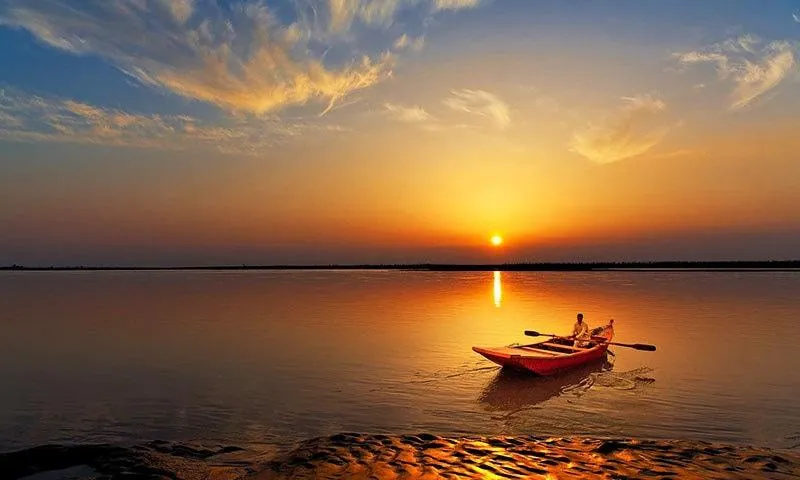
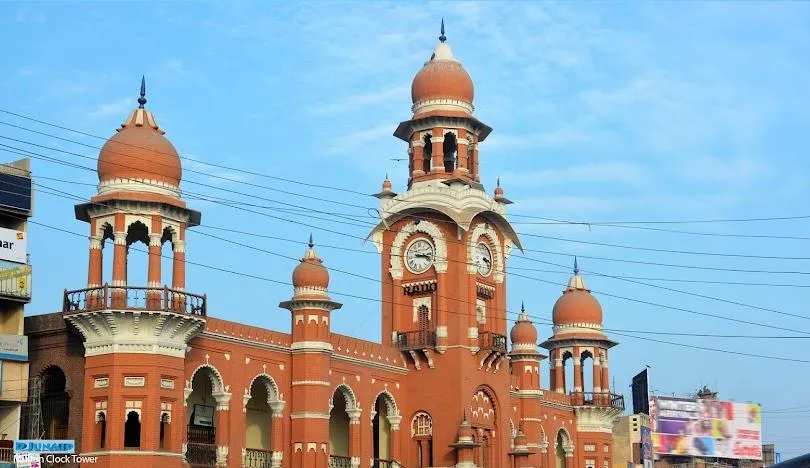
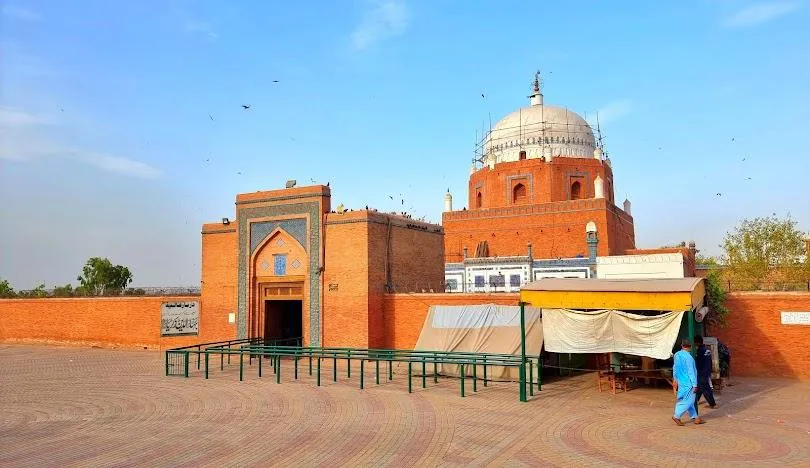
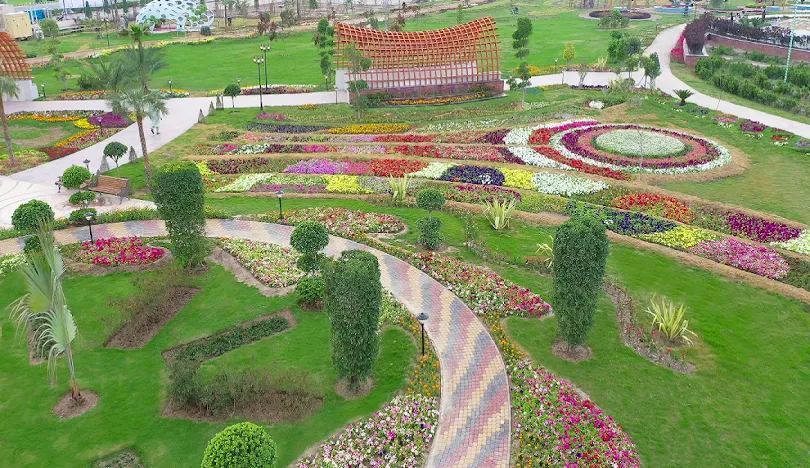
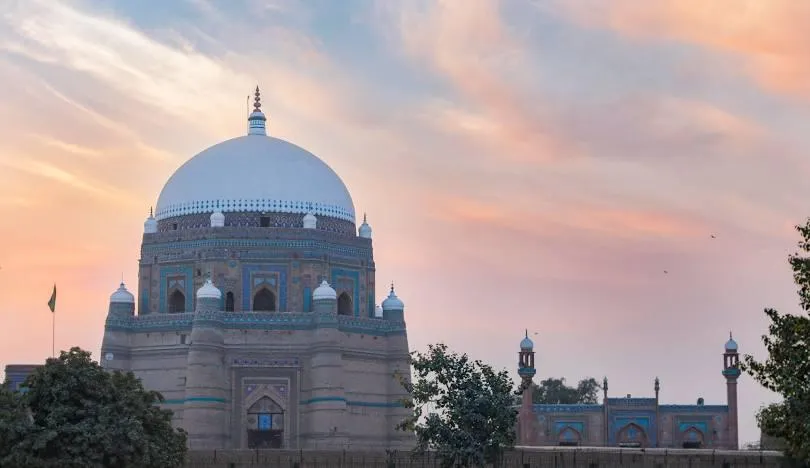
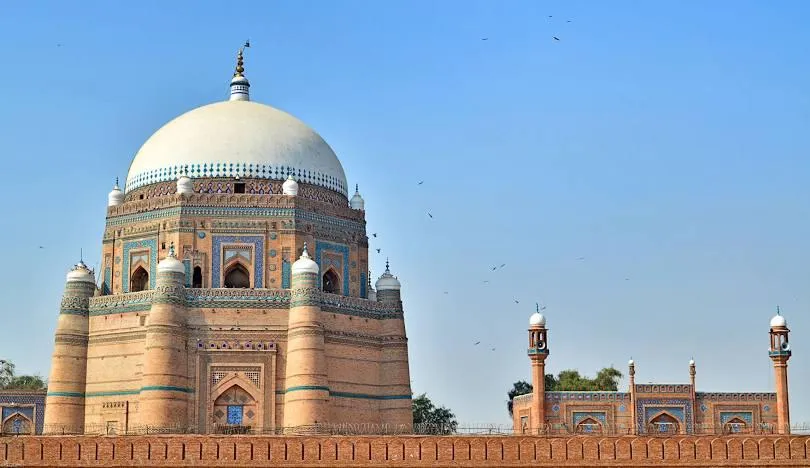




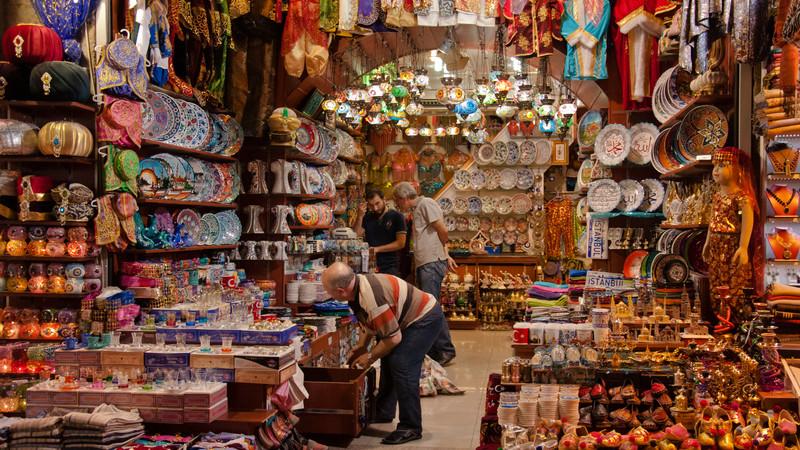
Facebook
LinkedIn